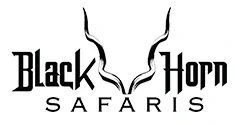Nyala hunting is a must for any aspiring hunter going to Africa. The Nyala is a medium sized antelope species that inhabits the dense forests and bushveld of Southern Africa. With their striking appearance and elusive nature, they present a challenging and rewarding hunting quarry. The Nyala is known for its impressive spiral horns and distinctive markings, making it a prized trophy on a hunt in South Africa.

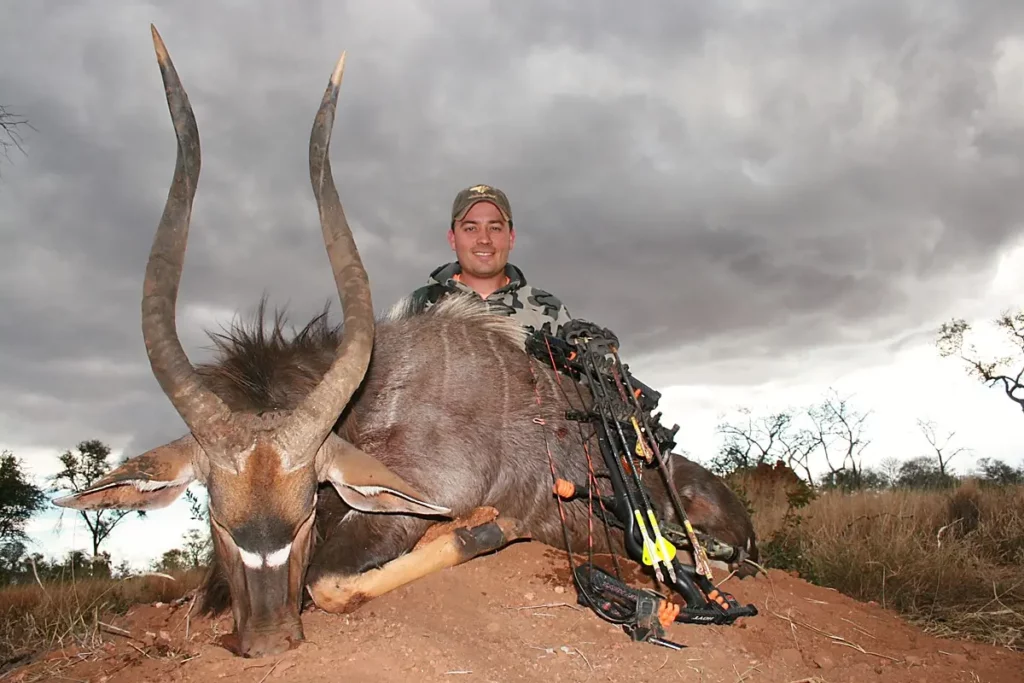
Description and Characteristics of Nyala
The Nyala (Tragelaphus angasii), one of the most beautiful spiral horn trophies, is a medium-sized antelope native to southern Africa, typically found in dense woodlands, riverine bush and thickets. Characterized by its distinctive coloration and the size difference between males and females, Nyalas exhibit sexual dimorphism to an exceptional degree. Nyala Bulls are significantly larger than females, weighing between 90-140 kg, with a dark grey-brown coat interspersed with white vertical stripes on the flank and a white chevron between the eyes. They also have a long, dense crest of hair running along the underside of the neck and long, twisted horns. In contrast, females are lighter, weighing between 55-68 kg, with a ruddy chestnut coat that is more uniform, ewes lack the male’s mane and are hornless. Both sexes have bushy tails with a white underside. These magnificent animals are known for their elusive and shy nature, making them difficult to observe in the wild. They are primarily browsers, feeding on leaves, twigs, and fruit, but they have been known to graze occasionally. They belong to the spiral horned slam ( Tragelaphus) and plains game species of African Animals along with Bushbuck, Kudu and Eland.
Trophy Nyala
In the world of trophy hunting, the size of a Nyala’s head gear is the primary measure of a Nyala trophy. Male Nyala antelopes possess spiraled, lyre-shaped horns that can grow to an impressive size. A mature male Nyala will typically measure between 24 to 28 inches in length. However, the trophy size is considered exceptional when they exceed the 29 inch mark. Additionally, the thickness, symmetry, and the spiral’s overall shape, a shape with flared ivory tips contributes to the trophy desirability. Rowland Ward minimum for entry into the record book is 27 inches while Safari Club International require a minimum score of 63 inches for both length and girth of the bases.
Best Locations for Nyala Hunts in South Africa
For those interested in Nyala, some of the best hunting areas and most productive locations are found in the Southern regions of Africa. South Africa, in particular, is often touted as the premier destination for hunting Nyalas due to its large, sustainable populations and well-managed hunting concessions. Zululand in Natal province, Swaziland, the Eastern Cape and the Limpopo province, with their dense bushveld vegetation and riverine areas, are prime Nyala habitats in South Africa. In addition, Mozambique and Zimbabwe also provide good trophy opportunities, offering vast wilderness areas in which Nyala thrive.

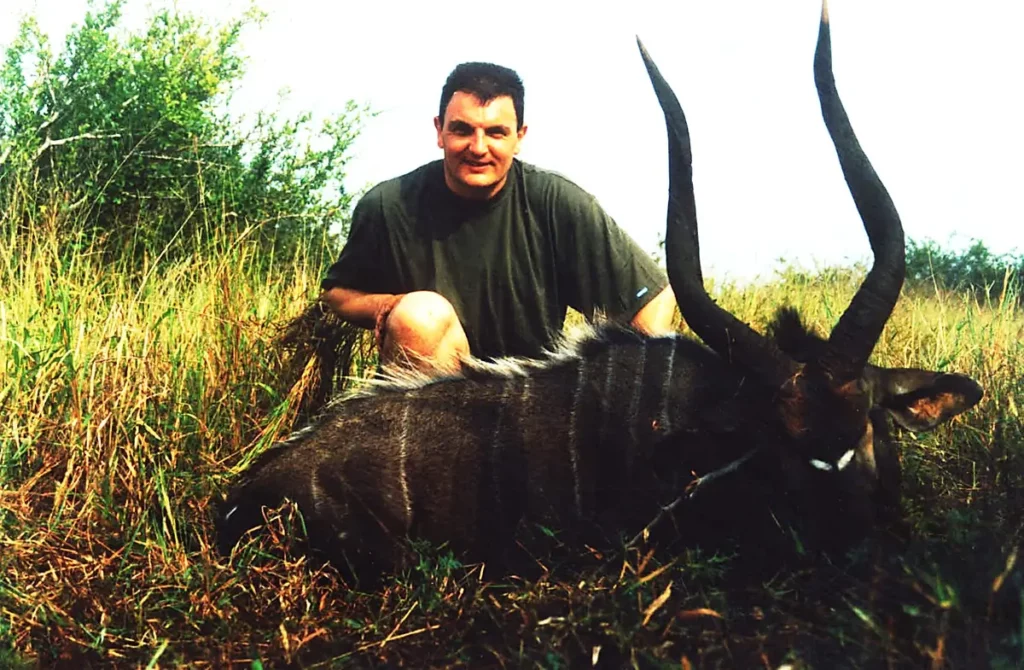
Rifles and Calibers for African Hunting
When hunting Nyala, the choice of rifle hunting caliber is crucial to ensure an ethical, one-shot kill. Given the size and toughness of these animals, medium cartridges are generally recommended. Calibers such as 7 X 57 Mauser, .308, .30-06, and 7mm Remington Magnum are often considered ideal for Nyala hunting trips, offering a good balance between stopping power and manageable recoil. These cartridges are a versatile choice that can handle these animals and other medium to larger African game. In terms of rifles, a bolt-action rifle is the most common choice due to its reliability and accuracy. Bullets should be of the controlled expansion type and bullet weight of 160 -180 gr are ideal.
Rifle Scopes and Optics
Selecting the appropriate rifle scope for a Nyala hunting experience is an important aspect of Safari preparation, given that Nyalas are elusive animals often found in dense, woodland habitats. A variable power scope is highly recommended to accommodate the varying visibility conditions and ranges. Scopes in the range of 2-7x, 3-9x, or 4-12x are usually more than adequate for a Nyala Safari. These offer sufficient magnification for longer range shots across clearings, while still allowing lower magnification for quick target acquisition in thicker bush. High-quality scopes from reputable manufacturers that offer good light transmission, a clear reticle, and rugged durability to handle the recoil of medium to large cartridges are preferred. It is also important to consider a scope for effective low-light performance, as Nyalas are crepuscular and often most active during dawn and dusk, times when light conditions can be challenging. The hunter’s familiarity and comfort with their chosen scope, and their ability to adjust quickly to changing conditions, will be critical to successful hunting.
Best Shot Placement
Accurate shot placement is critical in hunting to ensure a quick and humane kill and minimizing the suffering of the animal. For Nyalas, the most effective shot is typically the heart or lung shot, which is aimed slightly behind the shoulder. This shot impacts the vital organs, leading to rapid blood loss and a swift demise. When the Nyala is standing broadside, aim for the middle of the shoulder, approximately one-third of the way up from the bottom of the chest. If the animal is quartering away, the aim point should be adjusted accordingly to ensure the bullet still reaches the vital organs. However, a frontal chest shot can also be effective if the animal is directly facing the hunter, but this requires a high level of precision. It is also important to only take shots within a comfortable range and a shooting path that is not obstructed by overhanging branches or twigs when you spot and stalk in the early mornings and late afternoon.
Bow Hunting Nyala
Bow hunting Nyala is a challenging yet rewarding method that requires a blend of patience, stealth, and archery marksmanship. These elusive antelope are known for their keen senses and their preference for dense undergrowth, making them difficult to approach without detection. Consequently, many bow hunters rely on strategic ambush tactics, typically setting up a bow blind near watering holes, along game trails, or near feeding areas. Given the Nyala’s crepuscular nature, early morning or late afternoon are often the most productive times. Hunters need to be patient and wait for the perfect broadside or slightly quartering away shot to ensure a pass through and efficient kill. Furthermore, understanding the animals anatomy is critical for proper shot placement, which is typically the heart-lung area just behind the shoulder. The thrill of bow hunting beautiful Nyala lies not only in the hunt itself but also in the intimate connection with nature that it brings, as one must deeply understand and adapt to the environment and the quarry’s behavior.
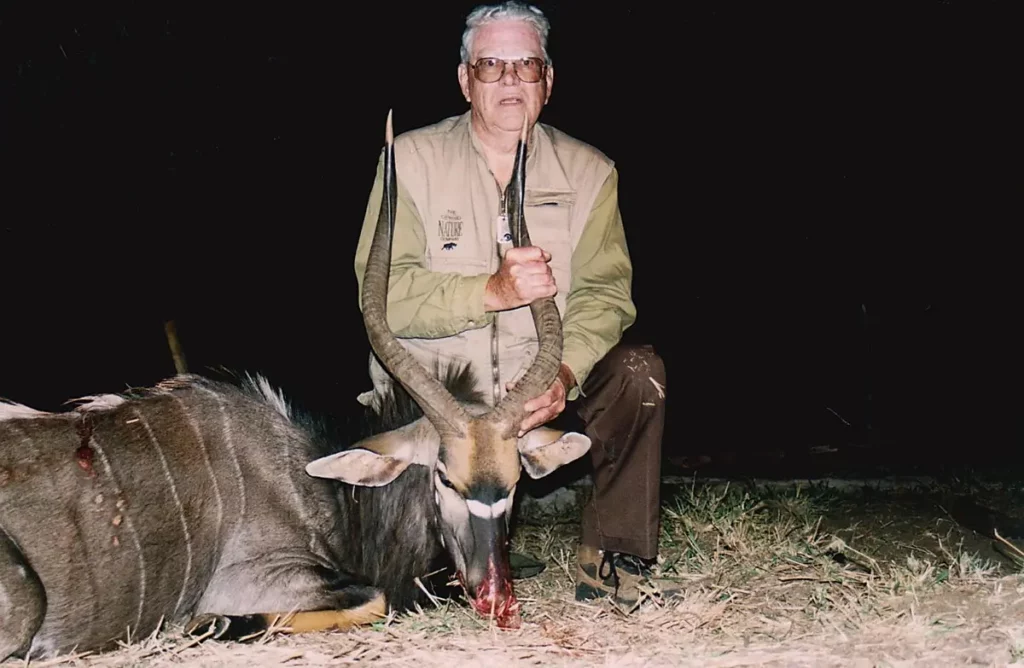
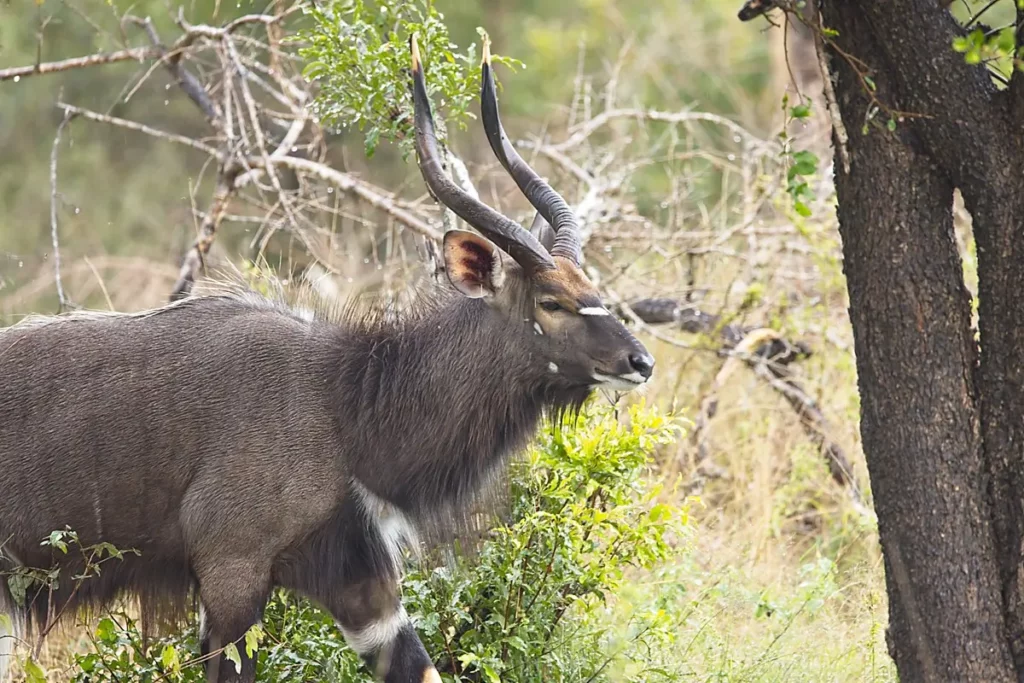
Bow Hunting Equipment for Nyala
A bow hunt in South Africa for Nyala demands high-quality, reliable equipment to ensure an efficient kill. The bow, whether it’s a compound, crossbow, recurve, or longbow, should have a draw weight of at least 55-70 pounds to guarantee adequate penetration. Broad heads are a critical aspect of the hunting setup, with open on contact mechanical types preferred for their proven performance on medium-sized game. The broad head should have a sharp, durable blade to penetrate the rib cage and reach the vital organs. Arrows should be matched to the bow’s draw weight and the shooter’s draw length for optimal arrow flight characteristics. Finally, a quality rangefinder can be invaluable for determining accurate shooting distances in the veld.
Nyala Prices and costs of a Hunting Safari
The trophy fee or price for a Nyala hunt is $ 2200. Prices do vary depending on the trophy quality consult the outfitter.
Daily rates cost $ 350 if two clients will be sharing a Professional Hunter.
Daily rates cost $ 450 if the client will have the exclusive services of the Professional hunter to himself.
Daily Rates include the following:
- Accommodation in a hunting lodge
- Meals
- Drinks
- The services of a Professional Hunter
- Field preparation of trophies
- Road Transportation to and from Johannesburg International Airport.
Nyala Hunting Packages
Silver plains game hunting package Price $ 7 800.00 (2 on 1)
This is an all inclusive African hunting Safari for one person in South Africa. Hunting either 1 X 1 or 2 X 1. This hunting package includes Accommodation, Meals, The Services of a Professional guide, skinning and preparation of your animals, road transportation to and from JHB International Airport, All day fees for 7 days and the fees for 5 X game species.
Aimals:
- Blue Wildebeest
- Nyala
- Impala
- Blesbok
- Warthog
Gold plains game hunting package Price $ 10 350.00 (2 on 1)
This is an all inclusive hunt for one person in South Africa. Hunting either 1 X 1 or 2 X 1. This package price includes Accommodation, meals, the services of a Professional guide, Skinning and field preparation of your animals, road transportation to and from JHB International Airport, All day fees for 7 days and the fee for 5 X plains game animals.
Animals:
- Kudu
- Gemsbuck
- Nyala
- Impala
- Warthog
These packages can easily be added to a Cape Buffalo hunt.
FAQ’S Frequently asked Questions
What does a Nyala cost?
A hunt for Nyala costs $ 2200 for the animal fees and add 5 days @ $ 1 750 for a total price of $ 3 950 if 2 clients share a Professional Hunter.
Where is the best area for Nyala?
The Limpopo province is the best area for Nyala, with its dense bushy vegetation and riverine bush areas, this is the prime habitat to stalk. Populations have increased significantly due to the conservation efforts of land owners, National Parks and concessions. There is no seasonal restriction on Nyala in South Africa.
What is the best time of day for Nyala?
Hunts have the best chance of success during the early morning hours and the late afternoon periods. They will often rest up in thick bush during the mid-day hours and only become active again as the sun starts to set, making them more difficult to locate.
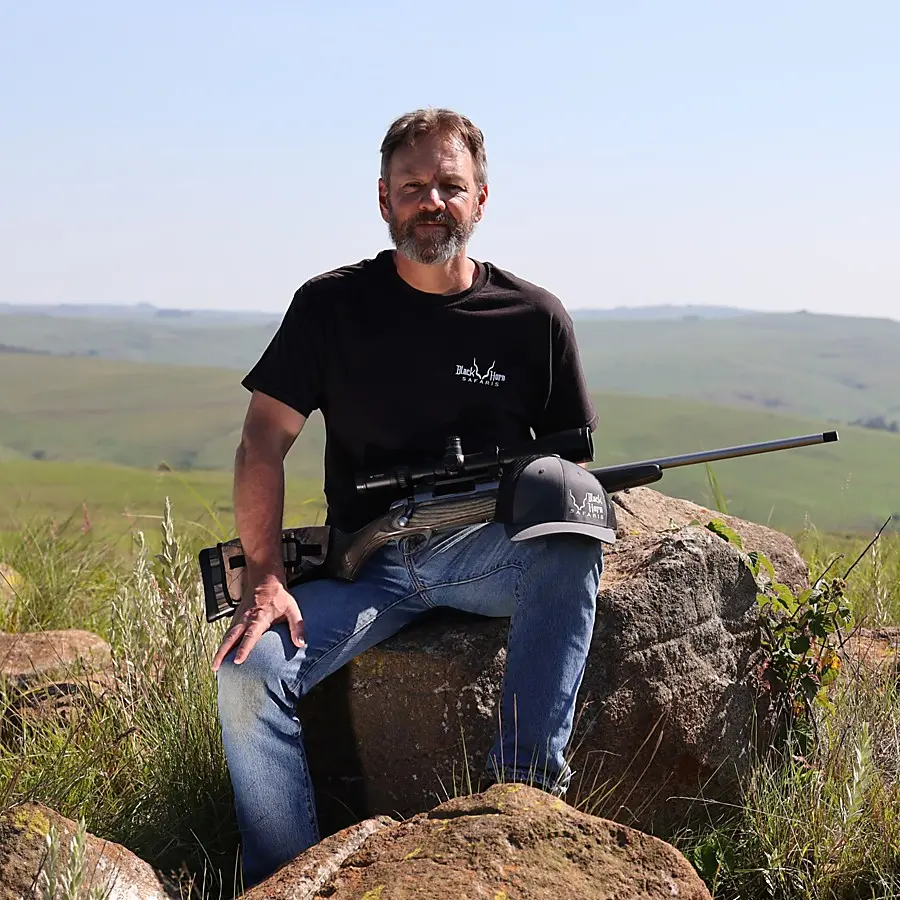
Adrian Anderson first obtained his Professional Hunters license in 1991. He is a Big Five and Dangerous Game licensed Professional Hunter and Hunting Outfitter. He has a tremendous love for wildlife and the African bush and enjoys sharing his knowledge with the hunting clients that he guides. Guiding hunters in Africa’s wild places is a passion and seeing them succeed with their goals brings satisfaction. With knowledge of the Safari industry built up over 32 years he is well qualified to give guidance to his hunting clients.
